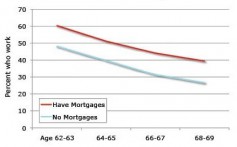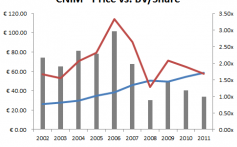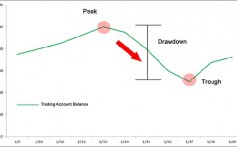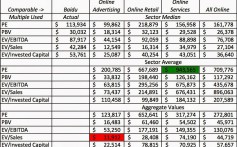How To Evaluate A MicroCap Company Yahoo She Philippines
Post on: 2 Июнь, 2015 No Comment
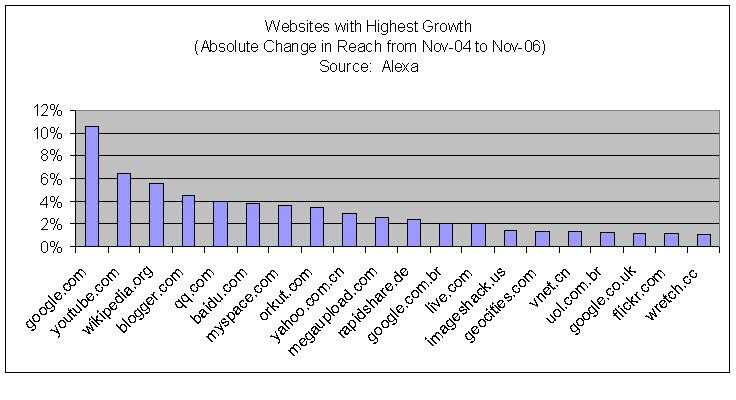
Think big. That is the motto most successful investors live by. But sometimes, big ideas and big investment returns come in small packages. In this article, you will learn how you can find and evaluate a winner in the micro-cap market.
Micro-caps can provide significant diversification to your portfolio. This asset class typically has very low correlations with other U.S. equity classes (as low as 0.60 versus the S&P 500 for the period 1972-2006), as well as low correlations with international equity and fixed-income securities. As Figure 1 shows, however, micro-caps carry higher risks than many other asset classes.
Analyzing Micro Caps
Micro-cap companies dont generate fat investment banking fees for Wall Street firms, so they rarely enjoy regular research coverage by analysts. As a result, it can take more time and effort to analyze a small company than a large one, and fewer published reports means an investor must do more original research. The result, however, is that micro-cap stocks often dont trade at their full values, creating a price inefficiency from which savvy investors can benefit.
When it comes to analyzing a micro-cap company, the approach is the same as for a larger company; only what you emphasize in this analysis will differ. Like any potential investment, you might start out by assessing the current stock price against its 52-week high/low trading range. You might glance at valuation ratios, such as the price/earnings multiple or price/book multiple, to see if the stock looks cheap or expensive. Youll probably review the companys financial statements to learn how much net profit is being earned on revenues, how high debt levels are compared to the companys capital base and whether the company is generating cash or burning it .
Not Making Money?
What you may discover is that many micro-cap companies arent making money yet. Earnings are probably negative, so the traditional stock valuation ratios wont make sense. You may also notice a sizable deficit in shareholders equity, where a positive number ought to be. Dont be too alarmed! These may be signs that the company is in its early stages of fast-paced growth.
With a micro-cap company, how you spend your research time gets turned upside-down. Unlike with large cap companies, for which historical financial performance is a window to the future, non-financial information holds much more value when looking at a micro-cap stock. You should spend 80% of your effort understanding the companys business strategy and business model, ensuring the management team is the right one to pull it off, making certain the industry in which the company operates is sizable and growing, and judging how or whether it is better than its competitors. You should spend only 20% of your time looking at current financial results.
For a small, expanding company, financial statements are out-of-date the minute theyre filed. Be sure, however, that the company does file financial reports with the SEC, and that it does so on time. When an OTCBB company doesnt file timely reports, it is given a short grace period by the regulators but is then removed from the exchange. Delayed filings, as well as unusual auditing issues, are major red flags.
It is critical to stay informed on consumer and industry trends, if you are to be successful in choosing the winners from the losers. Technological advances and changes in consumer tastes and lifestyles can make or break even the strongest companies. Future-focused studies, like the predictions of trend-guru Faith Popcorn. can clue you in to the latest brands, attitudes and ideas about to rock the world.
Questions to think about include:
- Has this company invented a compelling product or service that taps a unique niche in the market place?

The promise of wild returns in micro-cap equities, however, comes with a price. Liquidity is usually limited, meaning that you might not be able to sell a micro-cap stock quickly enough to minimize losses when things go wrong. Also, it may be difficult as an individual investor to conduct the depth of original research required. Be warned that these companies are like shooting stars: they can fizzle out just as fast as they light up the sky. Be careful to only risk as much money as you are prepared to lose. And remember that valuing micro-cap equities can be especially challenging if you arent familiar with non-traditional price valuation techniques.
Gaining Micro-Cap Exposure
How can you invest in micro-cap equities if you dont have the time or skill to do the necessary due diligence? Consider investing in exchange traded funds that track a micro-cap index, such as the Russell Micro-Cap Index. Also, you might want to check out some free research ideas from independent, fee-based research firms. These firms issue stock reports on many interesting micro-cap companies that just might be right for your portfolio.
The Bottom Line
Remember when investing that bigger is not always better. Investing in micro-cap companies can bring in great returns, though they do come with significant risks. As always, do your research and you should be able to reap rewards from winners in this market.







